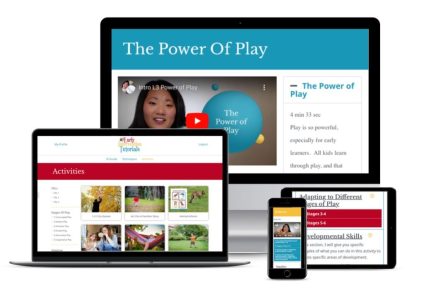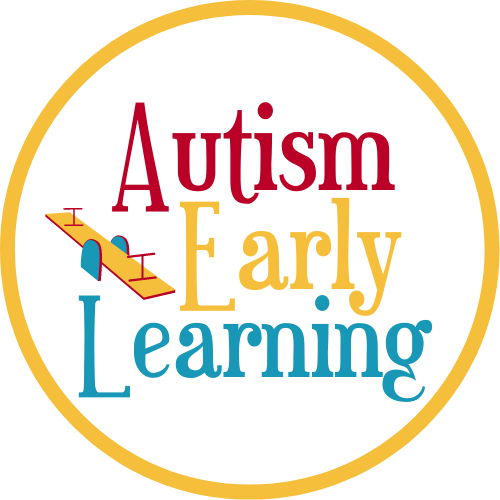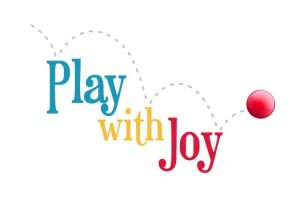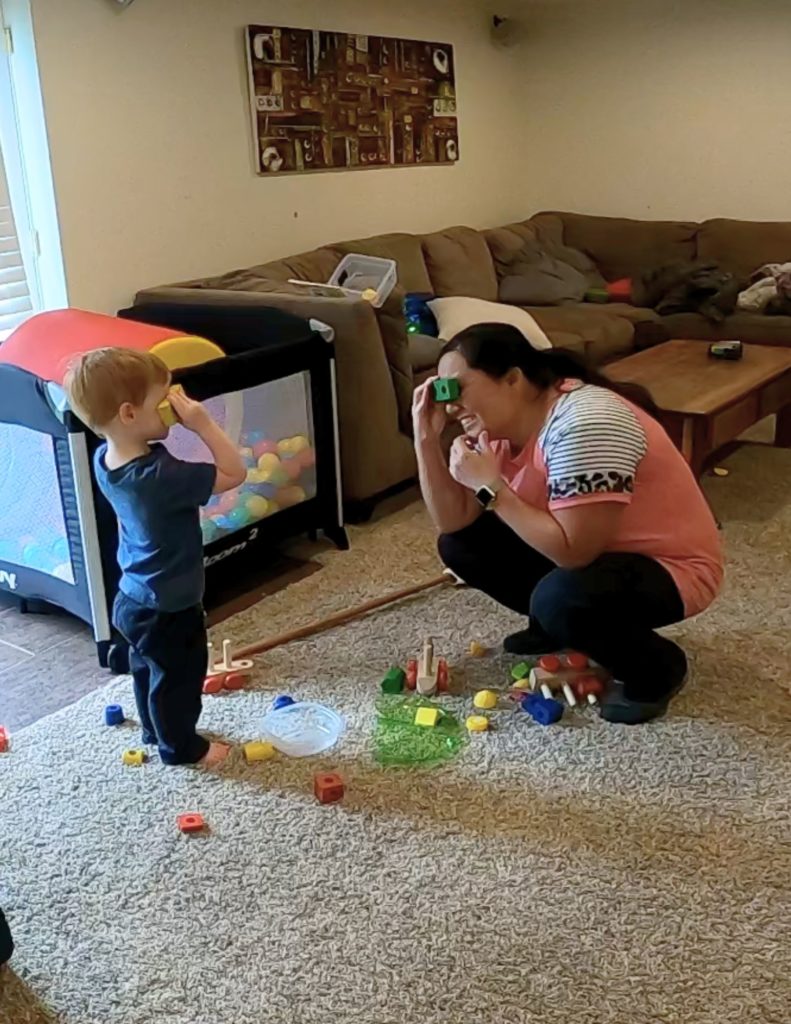If you have a child with autism that enjoys touching slimy textures, is working on fine motor skills, and likes to make a mess, this activity is for you!
I did this activity with my class of 2-year-olds, I also did it with my daughter who was 4 at the time, and it was a hit. This is one of those activities that can turn into multiple activities.
Here are just some ideas you can use to create multiple activities from one main activity.
- Go on a treasure hunt looking for objects you can put in the jello.
- Make a list of colors and find objects that are those colors
- Make a picture list and find the matching object
- Find objects of different sizes and compare them
- Make the jello together
- Do the jello dig
- Fill the sink with soapy water, get a washcloth and wash all the objects after the jello dig
You can adapt this activity to include more fine motor experiences, which is good for all young kids to work on.
What are fine motor skills? Fine motor skills are the skills that involve the small muscles of the body. In this activity, that means using the muscles your fingers. Fine motor skills are essential for so many different activities including writing, cutting, zipping, tying, feeding, etc.
Here’s how you can add a little extra fine motor exploration in this activity.
- Use small objects (make sure they’re safe for your child’s age and development)
- Use different utensils
- Different sized spoons
- Tongs
- Tweezers
- Put coins in (if it’s safe for your child), get an old container and put a hole in it for your child to put the coins in after they find them in the jello
- Use fingers to dig through the jello
If you’d like to learn how to adapt this activity to target other specific developmental skills beyond fine motor skills, you can purchase the full activity by adding it to your cart below.









Supplies
- 3-4 packs of jello
- Small toys or objects
- Bowl
- Spoon
Instructions
- Follow the directions on the pack of Jello
- Add small toys/objects in the jello while it is a liquid. Depending on how deep your dish is, you may want to do the jello in layers to disperse the toys.
- make all of the jello
- put half of the jello and toys in the bowl
- refrigerate and let set.
- leave the rest of the jello out of the fridge
- when the jello in the fridge is set, add the rest of the jello and toys
- put it back in the fridge
- When the jello has set, give your child a spoon and let him dig for the items
Extra Tips & Ideas
- Disclaimer: Young children may choke on small objects, choose objects that will be appropriate for your child. Adult supervision is recommended.
- Prepping this activity can make for a quick little extra activity
- Let your child pour and mix the jello ingredients if you feel they will be safe with the hot water.
- The first time you do this activity, I would recommend letting your child explore however he wants to. The following are games you could play in the future
- Play a game of I-spy
- Take picture of the toys before you put them in the jello. Print out the pictures, and have your child match the toys with the pictures
- Make cards out of the pictures, and take turns drawing a card and then trying to find the matching toy.
Access The Full Tutorial

To gain full access to this tutorial and 70+ other activity and technique tutorials, become a member of The Early Intervention Tutorials
As a member of the EI Tutorials, you will learn how to:
- Identify a child’s developmental level
- Understand the stages of play
- Learn how to help a child with limited play skills
- Implement specific techniques to increase communication and engagement
- Adapt activities to different stages of development
- Target specific developmental skills, including: communication skills, cognitive skills, executive functioning, motor skills, social skills, and adaptive skills
Adapting to Different Stages of Play
Depending on a child’s stage of development, you’ll want to adapt this activity based on goals that would be appropriate for the child’s growth.
The stages of play are:
- Stage 1: Unoccupied Play
- Stage 2: Solitary Play
- Stage 3: Onlooker Play
- Stage 4: Parallel Play
- Stage 5: Associative Play
- Stage 6: Cooperative Play
I’ll share ideas on how to do this in the Early Intervention Tutorials. You can become a member and gain access to this tutorial by going to: https://autismearlylearning.com/ei-tutorials-info/
Developmental Skills
In this section, I’ll identify which areas of development this activity targets. I’ll also give some pointers on how to specifically target each area. You can become a member of the Early Intervention Tutorials by going to: https://autismearlylearning.com/ei-tutorials-info/
Download
- Printable Lesson Plan (only available in the Early Intervention Tutorials)
Links
As a Walmart Affiliate, I earn from qualifying purchases at no cost to you.
- Jello-any kind will do, just get the cheap stuff
- Jumbo Tweezers-You’ll see that I recommend these a lot. It’s because you can use them with a lot of different activities, and they’re great for fine motor. Plus, kids think they’re fun.
- Measuring Worms-These would be fun to use with the tweezers. You can hide them in the jello. Any manipulatives will do.
- Color Sorting Bowls-good for matching skills





